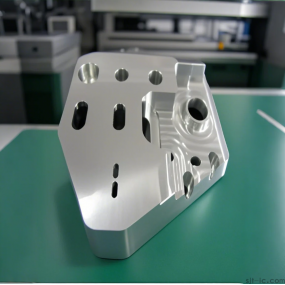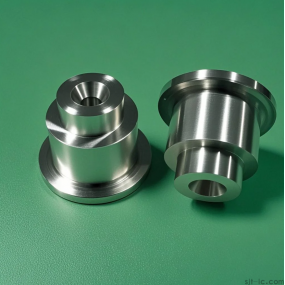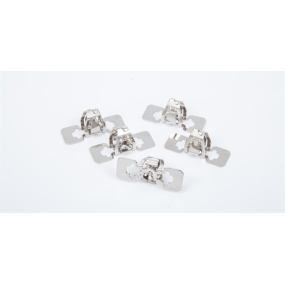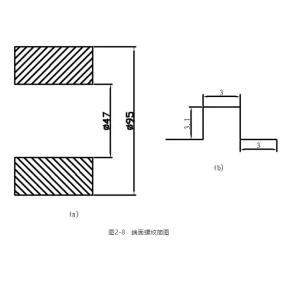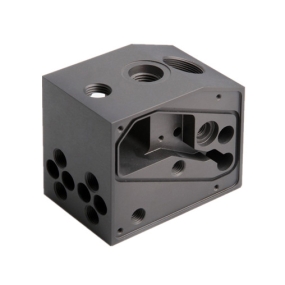Hi everyone! Today, I’m going to talk about CNC Machining quotes 😊. Have you ever wondered why quotes for the same part can vary so much between different manufacturers? How exactly are custom parts priced? And what details are hidden in the cost formula? Don’t worry, let’s break it down together!
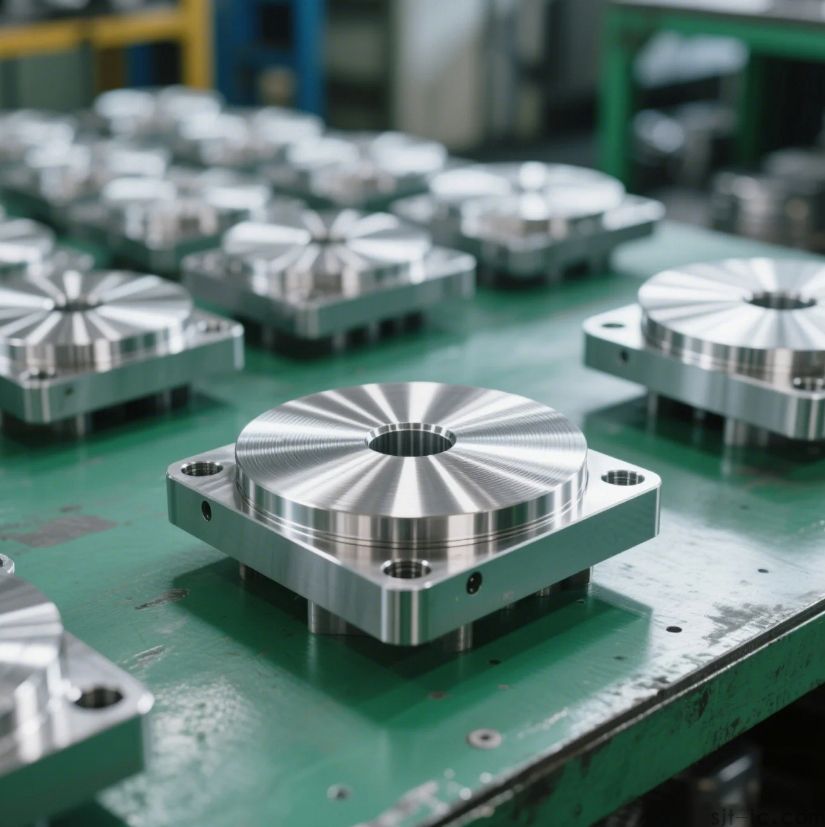
🔍 Why Do CNC Machining Quotes for Custom Parts Fluctuate So Much?
Custom parts usually have complex shapes, special materials, and require separate programming and debugging, so their costs are naturally higher ❗️ For example, the machining cost of stainless steel can be twice that of aluminum alloy—this is because stainless steel has higher hardness and wears out cutting tools faster 😅. My suggestion: Mass production helps spread out costs. For small individual parts, you’ll have to accept a higher unit price.
💰 Revealing the CNC Machining Cost Calculation Formula!
The basic formula is: **Cost = Material Cost + Labor-Hour Cost + Post-Processing Cost**, but the details are what really matter! The table below makes the breakdown more intuitive 👇:
| Cost Item | Calculation Method | Reference Influencing Factors |
|-----------------|-----------------------------------------------------|-------------------------------------------------------|
| Material Cost | Volume × Density × Unit Price × (1 + Waste Rate) | Waste rate: 5% for stainless steel, 10% for carbon steel |
| Labor-Hour Cost | Equipment Depreciation + Labor Cost + Auxiliary Materials | High-end 5-axis machines cost 30%+ more than 3-axis machines |
| Post-Processing | Additional cost for surface treatment + heat treatment | Sandblasting, anodizing start at an extra 20 yuan per piece |
👉 Personal Insight: The larger the quantity, the lower the unit price! Programming and debugging are fixed costs—when spread across 1,000 pieces, they’re almost negligible. But for just 1 piece? Ouch, that’s going to hurt your wallet!
💡 Money-Saving Tips: Optimize Design + Batch Orders
Want to lower the price of custom parts? Try these two tricks:
1. Simplify the structure: Reducing curved surfaces and hollowed-out sections can save 30% of labor hours.
2. Material substitution: replace 7075 aluminum with 6061 aluminum. The strength decreases slightly, but the cost is cut in half 👍.
3. Group production: Share production batches with other customers to reduce machine setup costs.
I often tell customers: “Don’t be too strict with tolerances. Every 0.1mm tighter tolerance can double the price, and it’s really unnecessary!”
💎 Summary and Recommendations
The world of CNC quoting can be complex, but it becomes easier to navigate when the formula is transparent 💪. Remember: Contact multiple manufacturers to compare their process plans—don’t just focus on price. Some manufacturers use cheap cutting tools, which lead to parts with lots of burrs, and rework ends up wasting more money 😱. If you’re new to this, ask manufacturers to make a sample first to test precision, then negotiate discounts when placing bulk orders!
Do you need me to translate more similar industrial technical texts, like CNC machining process specifications or part drawing notes, into English? I can also optimize the translation style to be more formal for business communication if needed.


 Spanish
Spanish Arabic
Arabic French
French Portuguese
Portuguese Belarusian
Belarusian Japanese
Japanese Russian
Russian Malay
Malay Icelandic
Icelandic Bulgarian
Bulgarian Azerbaijani
Azerbaijani Estonian
Estonian Irish
Irish Polish
Polish Persian
Persian Boolean
Boolean Danish
Danish German
German Filipino
Filipino Finnish
Finnish Korean
Korean Dutch
Dutch Galician
Galician Catalan
Catalan Czech
Czech Croatian
Croatian Latin
Latin Latvian
Latvian Romanian
Romanian Maltese
Maltese Macedonian
Macedonian Norwegian
Norwegian Swedish
Swedish Serbian
Serbian Slovak
Slovak Slovenian
Slovenian Swahili
Swahili Thai
Thai Turkish
Turkish Welsh
Welsh Urdu
Urdu Ukrainian
Ukrainian Greek
Greek Hungarian
Hungarian Italian
Italian Yiddish
Yiddish Indonesian
Indonesian Vietnamese
Vietnamese Haitian Creole
Haitian Creole Spanish Basque
Spanish Basque

